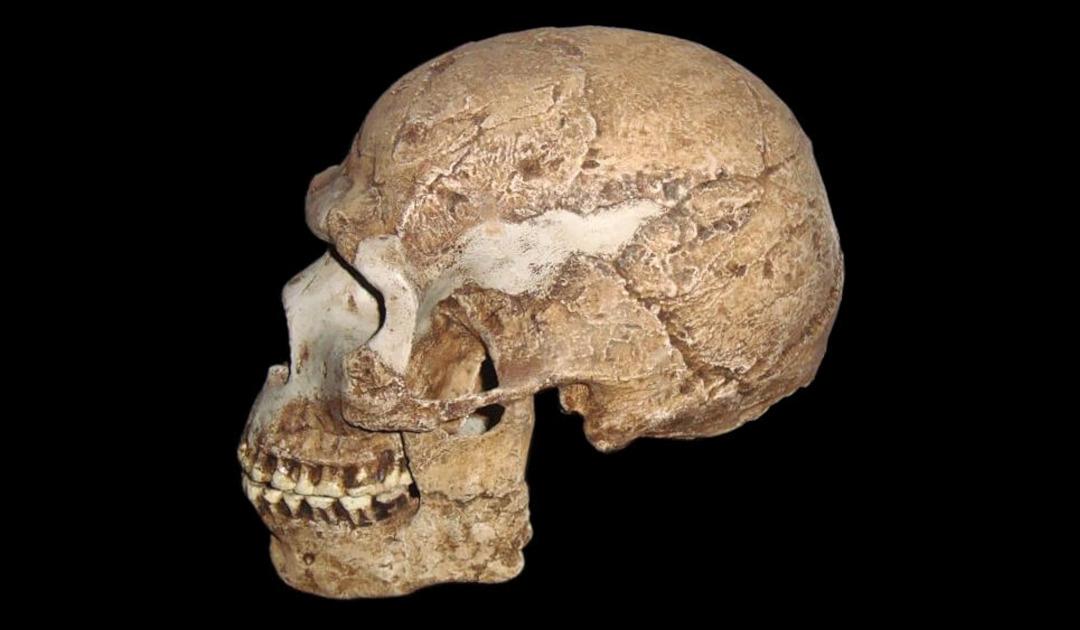
Greenland’s indigenous population carries genetic characteristics of adaptation to the cold that are found in the ancient DNA of modern humans whose ancestors left the African cradle
The Greenland Inuit are thought to carry the same genome fragments as humans from the Arabian Peninsula who lived between 80,000 and 50,000 years ago. What they have in common is adaptation to cold, a major factor influencing human adaptation during this period, according to a paper published by PNAS, a journal, this week.
After modern humans began migrating out of Africa, they would have been stranded in the Arabian Peninsula. This region was 5°C colder than the human home range in Africa and greener and colder than today. “We suspect that the cold prevented them from exploring other regions,” said Yassine Souilmi, a geneticist at the University of Adelaide in Australia and co-author of the paper.
The researchers found gene fragments, or loci, that correspond to this particular adaptive period. These loci are involved in fat storage, skin physiology, neural functions responsible for motor skills and water movement in cells.
“We used ancient DNA samples. Even if they are rare, the probability that they are representative of the entire human population is high, they represent a strong diversity of places and times,” Dr Souilmi said.

Then, as the history of migrations progresses, mixing between populations prevents researchers from following the trace of these loci. “We looked in the literature to see if these gene fragments had been studied,” Dr Souilmi said. “We found the same loci in studies of Greenland Inuit.” These loci code for the same biological functions of cold adaptation and are also present in Arctic mammals.
After this 30,000-year pause in human geographic expansion, migration would have resumed to all points of the compass. Humans reached Siberia about 25,000 years ago and then the Bering Strait between 16,000 and 18,000 years ago.
During this period, the climate changed, first warming, then cooling down again 10,000 years ago. “This adaptive pressure was released and then intensified over time,” Dr Souilmi said. Although not the only influencing factor, the bite of the cold has indeed left its mark on humans, deep in our genes, in our history and even deep in the Arctic.
Camille Lin, PolarJournal





